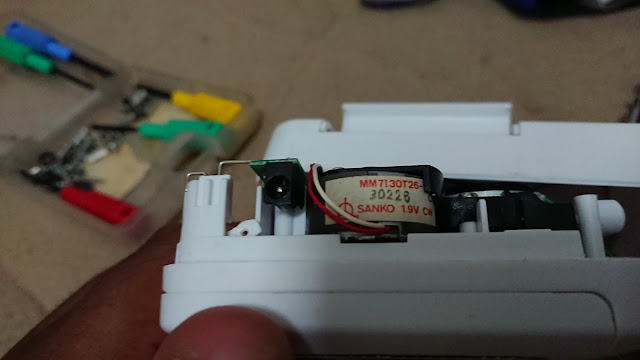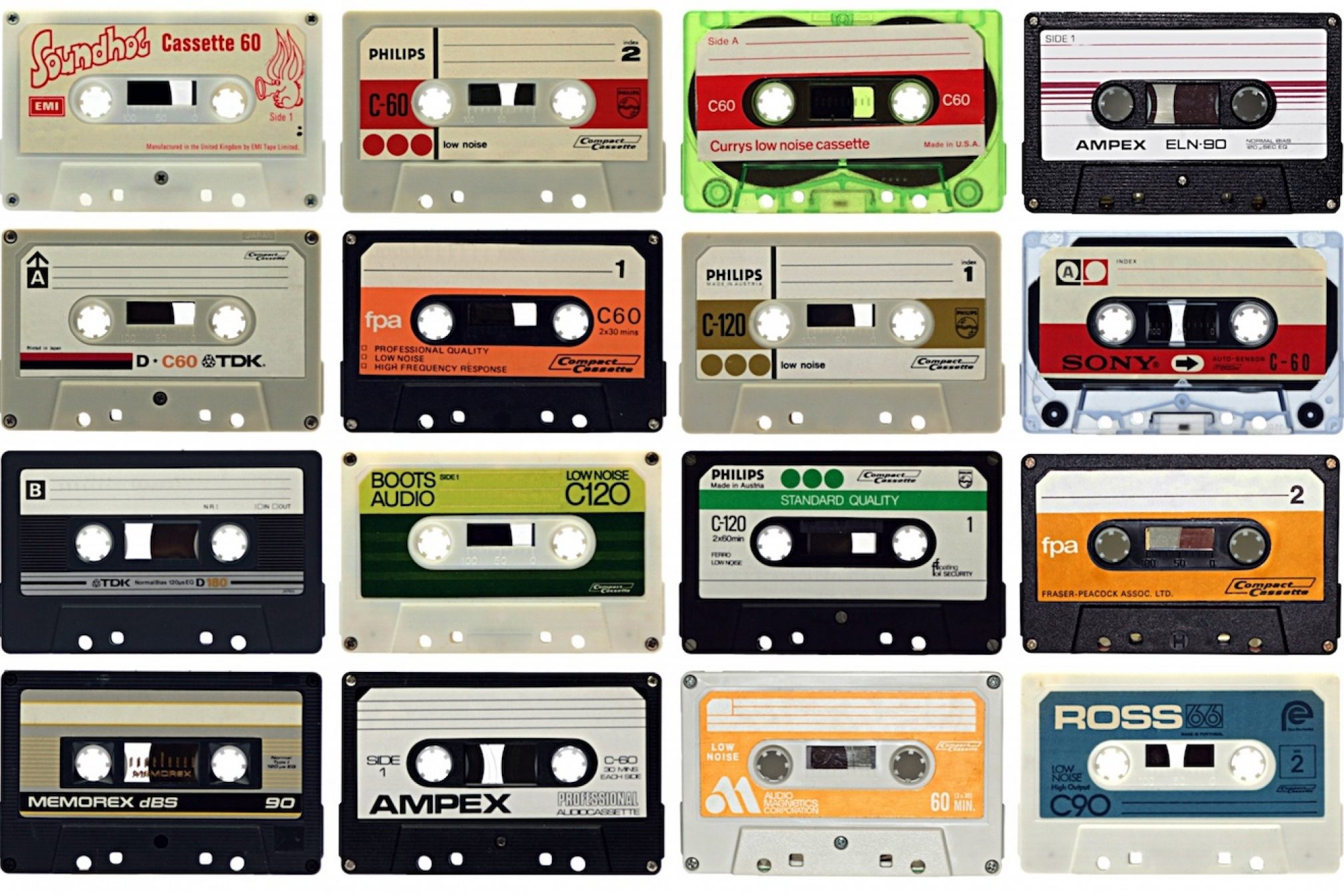Picocart 64 is the custom N64 flashcart that builds with Raspberry Pi Pico chip board and used to load the game backups of your favorite N64 games. This board is cheaply built and also affordable for everyone unlike those everdrive flashcarts. However, this flash cart had one issues - terrible lack of documentation and also lack of readily made firmware so finding those things is really cumbersome. Fortunately, I managed to get those from someone in South America where he archived these files in his personal storage services. From there, I managed to get this thing done with the PicoCart 64 which I bought from AliExpress.
Picocart 64s that bought from AliExpress have pre-installed its picocart firmware so user may need to install its game rom. However, not all N64 games are supported with this fancy cart so expect some compatibility issues around it. Also, another problem for users are no firmware files are provided in case of something wrong happens and you want to fix it back. From what I found here, this Picocart 64 requires a suitable N64 rom in .z64 file which only have supported game saves to N64 Memory Pak only and whenever user wanted to switch to new N64 ROM title, flash nuking the Picocart and also reinstalling the firmware is required. In this guide, I will show you on how to flash N64 games into this flash cart, step-by-step.
A. Flashing The N64 Game into the Picocart 64 out of the package box
1. Connect the Picocart 64 with USB C cable by plugging in while pressing the "BOOTSEL" button on the pico board. The RPI mass storage will be appeared.
2. Go to this site PicoCart64 UF2 ROM Builder (kbeckmann.github.io) and load the N64 game in .z64 format only.
3. Untick the "Compress" option and click "Build UF2. The converted N64 ROM under UF2 file will be created.
4. Copy-paste the converted N64 ROM in UF2 file into RPI mass storage. The process will be slow and it takes some time to complete it.
5. After finished copying, the Picocart will be automatically disconnect which indicates the UF2 ROM is properly flashed. If the device isn't disconnected automatically means your UF2 ROM is not compatible with the Picocart hence you will need to flash another suitable N64 ROM for that.
6. Insert the PicoCart onto the N64 cart slot with the Pico board facing front and it should be working correctly when displayed such graphics.
B. Switching to another N64 ROM title
1. This methods involves flash nuking the Picocart so reinstallation of firmware is required. Can be also used if N64 ROM failed to boot due to compatibility issues.
2. Download the Picocart firmware files pack here: https://mega.nz/file/nAMxjCIT#bQBhu0rbV8eGPdUZxjeyeEzsIK3eRRrdO4S5C8JeArM
3. Extract the downloaded fimrware pack.
4. Connect the Picocart 64 with USB C cable by plugging in while pressing the "BOOTSEL" button on the pico board. The RPI mass storage will be appeared.
5. Copy-paste the "flash_nuke.uf2" into the RPI mass storage. Do not disconnect the Picocart and it will reappeared again.
6. Copy-paste the "picocart64-v1-ntsc.uf2" or "picocart64-v1-pal.uf2" into RPI mass storage depending on your console region.
7. The Picocart will be automatically disconnect so repeat the step 4 above.
8. Insert new converted N64 ROM file in UF2 format into RPI mass storage.
9. If the device is disconnected automatically means the file had been flashed properly.
10. Insert the PicoCart onto the N64 cart slot with the Pico board facing front and it should be working correctly when displayed such graphics.
Well, for testimonial purposes, I managed to get some shots of working PicoCart on my Japanese N64 console...
KNOWN Issues:
1. Some titles works better when "compress" option was enabled during N64 ROM conversion. However, this will led to users need to power cycle the Picocart first before putting it into the cart slot. Avoid from powering the picocart directly while it is on the cart slot.










 .
.


















